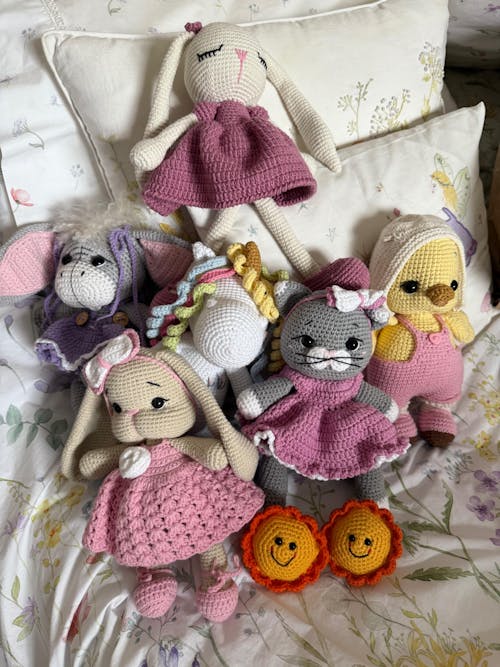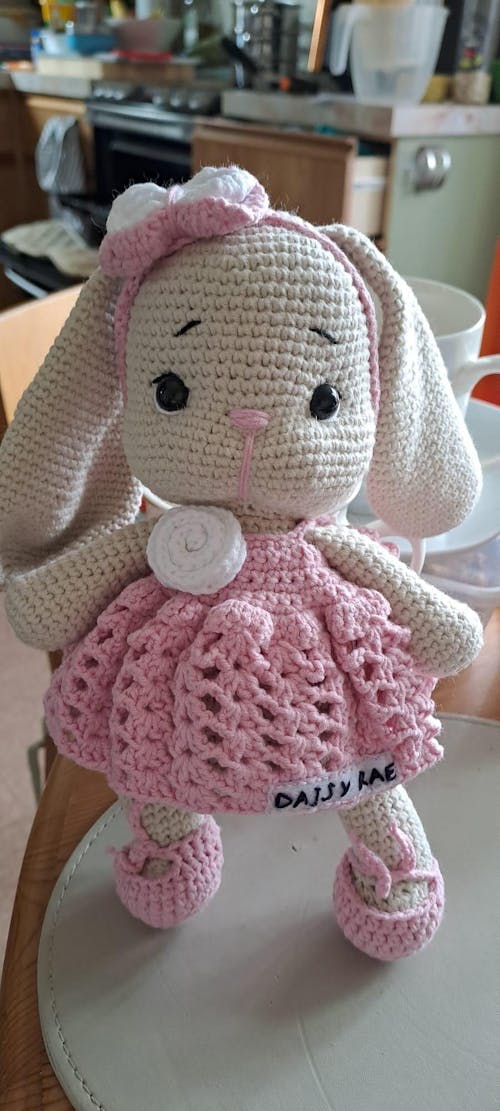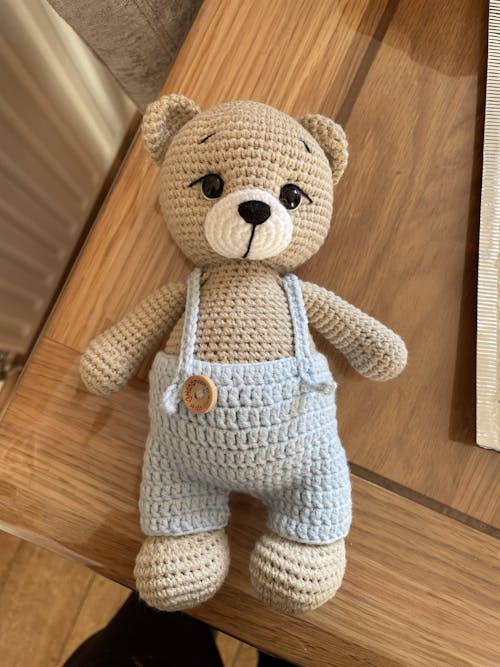
Crochet Techniques Demystified: Understanding Magic Rings, Increases, and Decreases
Share
Crochet Techniques
Crocheting is an ancient craft that continues to captivate crafters with its endless possibilities and versatility. Whether you're a seasoned crocheter or just starting out, mastering various techniques is essential for creating beautiful and intricate designs. In this guide, we'll delve into three fundamental techniques: magic rings, increases, and decreases, unraveling their mysteries and empowering you to elevate your crochet game.
1. The Magic of Magic Rings
Magic rings, also known as adjustable rings or magic circles, are a game-changer in crochet, especially for projects that begin with a small center, like amigurumi, hats, or mandalas. Unlike traditional starting chains, magic rings offer a seamless and tightly closed center, eliminating the hole that can sometimes form in the middle of your work.
To create a magic ring:
- Hold the yarn tail between your thumb and middle finger, leaving a tail of about 4-6 inches.
- Wrap the working yarn around your index and middle fingers to form a loop, crossing the yarn over the tail.
- Insert your hook under the first strand of yarn, yarn over, and pull up a loop.
- Chain one to secure the loop.
- Work the desired number of stitches into the ring, then pull the tail to close the loop tightly.
Mastering the magic ring may take a bit of practice, but once you get the hang of it, you'll wonder how you ever crocheted without it!
2. Increasing Your Stitch Count
Increases are essential for shaping your crochet projects, whether you're making a simple beanie or a complex garment. They involve adding extra stitches in a single stitch or across a row, creating a wider or taller fabric.
Common increase methods include:
- Single Crochet Increase (sc inc): Work two single crochet stitches into the same stitch.
- Half Double Crochet Increase (hdc inc): Work two half double crochet stitches into the same stitch.
- Double Crochet Increase (dc inc): Work two double crochet stitches into the same stitch.
Understanding where and how often to place increases depends on your pattern's instructions and desired shape. Increases are typically spaced evenly to maintain a smooth and balanced appearance.
3. Decreasing for Shape and Texture
Decreases are the counterpart to increases and are crucial for shaping your crochet projects, creating curves, angles, and contours. They involve reducing the number of stitches in a row or round, bringing the fabric closer together.
Common decrease methods include:
- Single Crochet Decrease (sc dec): Insert hook into the next stitch, yarn over, pull up a loop, insert hook into the following stitch, yarn over, pull up a loop, yarn over, and draw through all loops on the hook.
- Invisible Decrease: Insert hook under the front loop of the next stitch, then under the front loop of the following stitch, yarn over, pull up a loop, yarn over, and draw through both loops on the hook.
Like increases, the placement and frequency of decreases depend on your pattern and desired outcome. They can create shaping for sleeves, neckline, or intricate lacework.
Conclusion
Mastering crochet techniques like magic rings, increases, and decreases opens up a world of creative possibilities. Whether you're crafting cozy blankets, stylish garments, or adorable amigurumi, understanding these fundamental techniques will empower you to bring your crochet visions to life with precision and flair. So pick up your hook, grab some yarn, and let your creativity soar as you explore the endless wonders of crochet!
This blog post aims to provide a comprehensive guide to understanding and mastering essential crochet techniques. Feel free to adjust the content to better fit your blog's style and audience preferences!


















